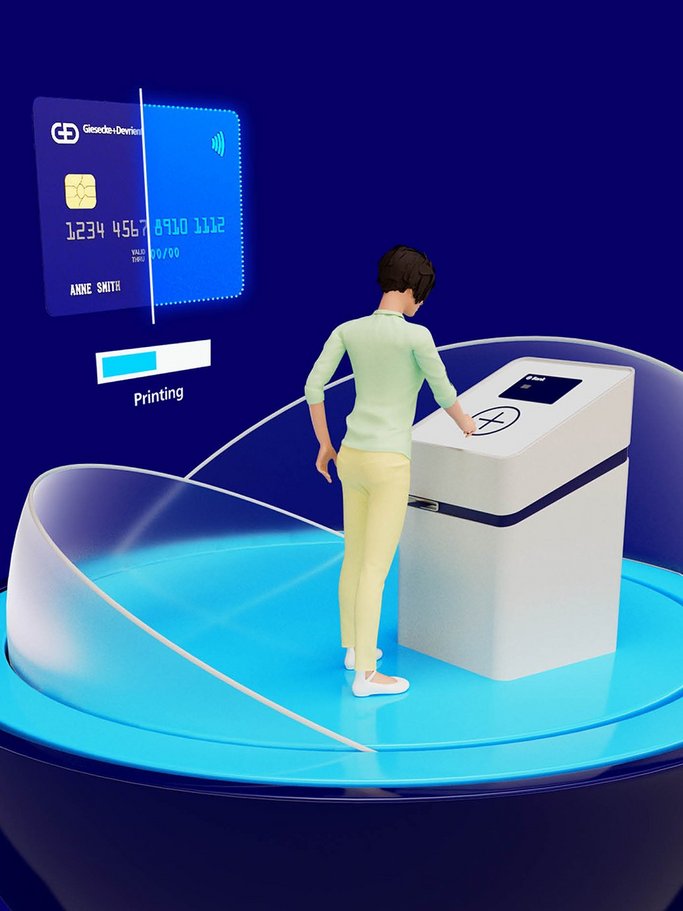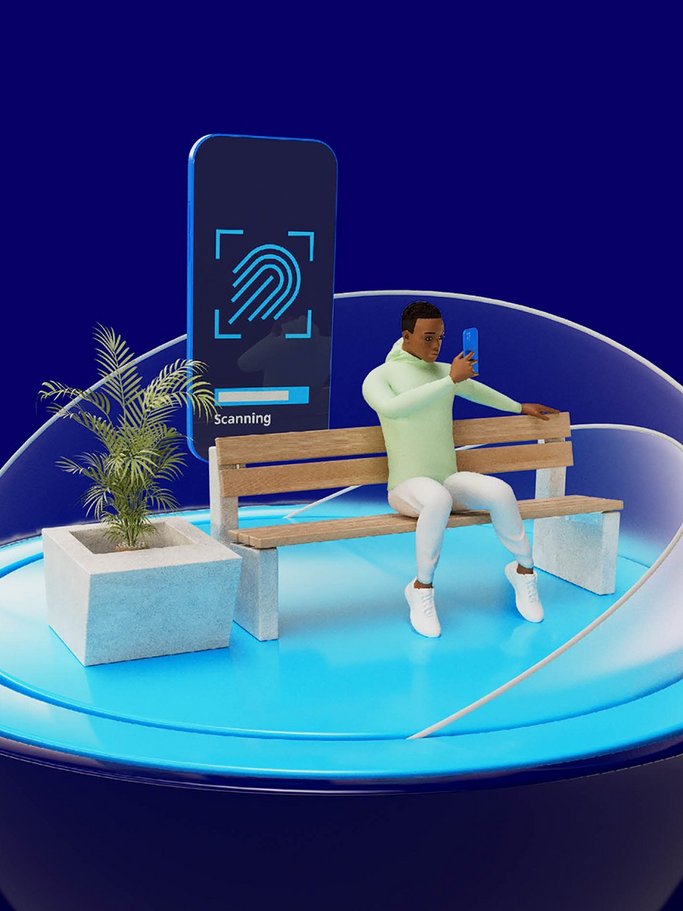
About What is Phygital Now?
It’s easy to think of physical and digital banking as being in competition. They don’t have to be. They work best in collaboration. Because customers want both.
It’s also true to say that these collaborative experiences are, in a lot of people’s minds, something that’s a way off in the future. And that’s not the case. Customers are already enjoying physical and digital experiences combining to enhance their payment experiences. If that’s not true for your customers, then your business is at risk of falling behind.
Among today’s consumers, traditional banks retain high share of mind, with branch
networks, outdoor signage, and friendly faces inside. But that’s expensive. Online-only “neobanks” have lower costs of service – but lower brand recognition as a result.
The good news: somewhere between physical-only and online-only, there’s a sweet spot where they combine to offer the best of both worlds. Such a strategy is called phygital.
The catch? Phygital service must be “omnichannel” – a seamless, consistent experience as the customer switches between branch visit and phone app, laptop and letterbox.
The experiences your customers expect the brand value of physical objects like payment cards into the digital realm of websites and email, using data for insights and action. On these web pages, you’ll see how.

